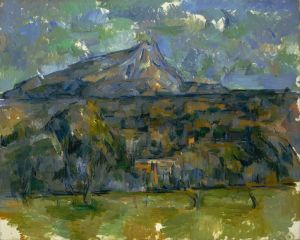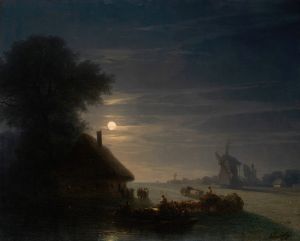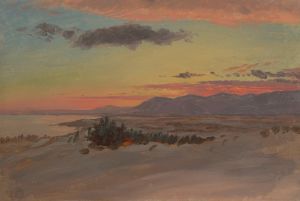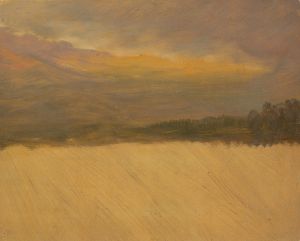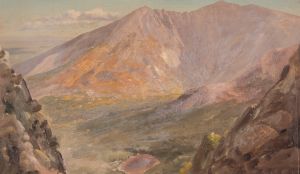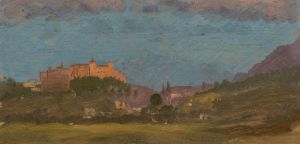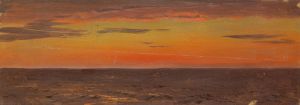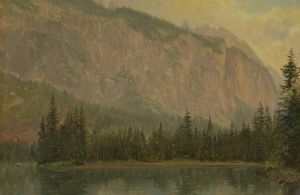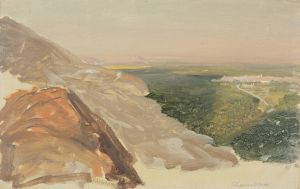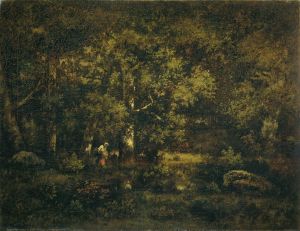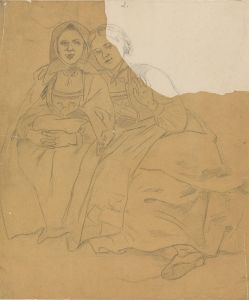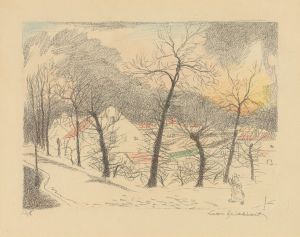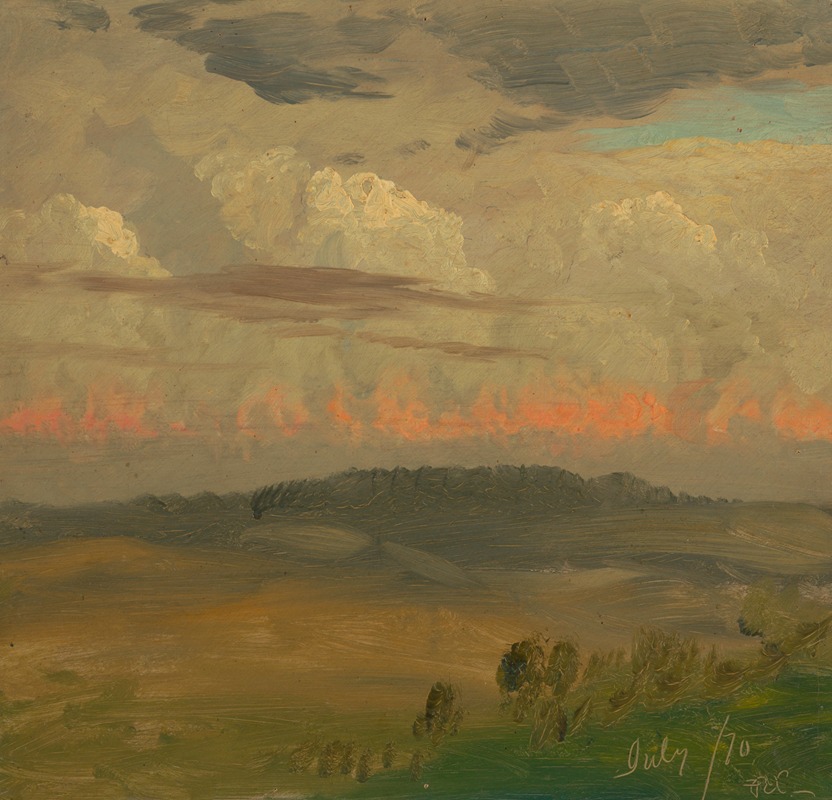
Landscape, Hudson Valley
A hand-painted replica of Frederic Edwin Church’s masterpiece Landscape, Hudson Valley, meticulously crafted by professional artists to capture the true essence of the original. Each piece is created with museum-quality canvas and rare mineral pigments, carefully painted by experienced artists with delicate brushstrokes and rich, layered colors to perfectly recreate the texture of the original artwork. Unlike machine-printed reproductions, this hand-painted version brings the painting to life, infused with the artist’s emotions and skill in every stroke. Whether for personal collection or home decoration, it instantly elevates the artistic atmosphere of any space.
Frederic Edwin Church, a central figure in the Hudson River School of American landscape painting, is renowned for his detailed and dramatic landscapes. One of his notable works is "Landscape, Hudson Valley," which exemplifies his skill in capturing the natural beauty of the American wilderness. Church was born in Hartford, Connecticut, in 1826 and showed an early talent for art. He became a pupil of Thomas Cole, the founder of the Hudson River School, and quickly developed his own style characterized by meticulous attention to detail and a keen interest in the effects of light and atmosphere.
"Landscape, Hudson Valley" is a testament to Church's fascination with the American landscape, particularly the Hudson River Valley, which was a significant source of inspiration for him and other artists of the Hudson River School. This movement was known for its romantic portrayal of the American wilderness, emphasizing the sublime beauty and grandeur of nature. Church's work often depicted expansive vistas, dramatic skies, and intricate details of flora and fauna, reflecting both the beauty and the complexity of the natural world.
The Hudson River Valley, with its rolling hills, lush forests, and the majestic Hudson River, provided a perfect subject for Church's artistic vision. His paintings from this region often feature sweeping views that capture the interplay of light and shadow, creating a sense of depth and realism. Church was known for his ability to convey the changing moods of nature, from the tranquility of a serene morning to the drama of a stormy sky.
Church's technique involved extensive field studies, where he would sketch and observe the landscape, capturing the nuances of light and color. He then translated these observations into large-scale studio paintings, where he combined his sketches with his imagination to create compositions that were both realistic and idealized. This approach allowed him to convey not just the physical appearance of the landscape but also its emotional and spiritual essence.
"Landscape, Hudson Valley" reflects Church's mastery of composition and his ability to evoke a sense of wonder and reverence for the natural world. The painting likely features a harmonious balance of land, water, and sky, with careful attention to detail and a vibrant palette that captures the richness of the landscape. Church's use of light is particularly noteworthy, as he often employed dramatic lighting effects to enhance the mood and atmosphere of his scenes.
Throughout his career, Church's work was celebrated for its technical precision and its ability to inspire awe and appreciation for the natural world. His paintings were not only artistic achievements but also cultural statements, reflecting the 19th-century American belief in the beauty and value of the country's natural landscapes. Church's legacy as a leading figure in the Hudson River School continues to influence landscape artists today, and his works remain a testament to the enduring power of nature in art.
While specific details about "Landscape, Hudson Valley" may be limited, it is clear that the painting embodies the qualities that define Church's oeuvre: a deep appreciation for the natural world, a commitment to realism, and an ability to convey the sublime beauty of the American landscape.





